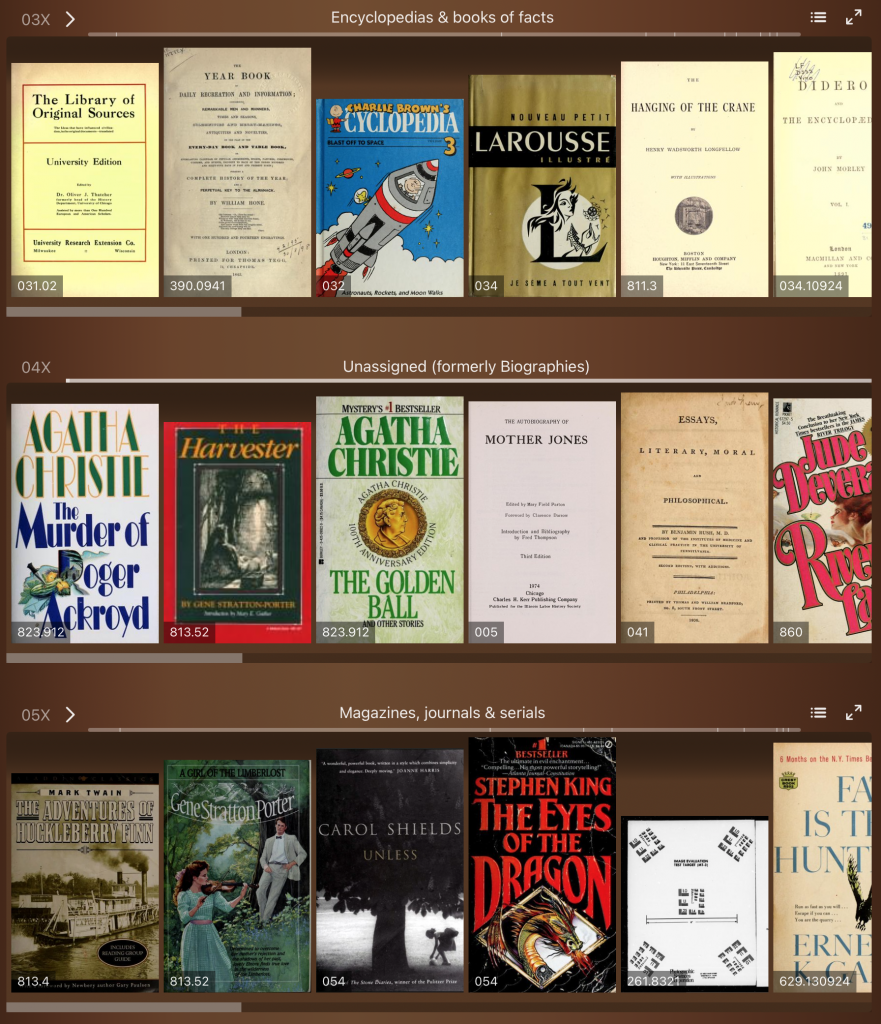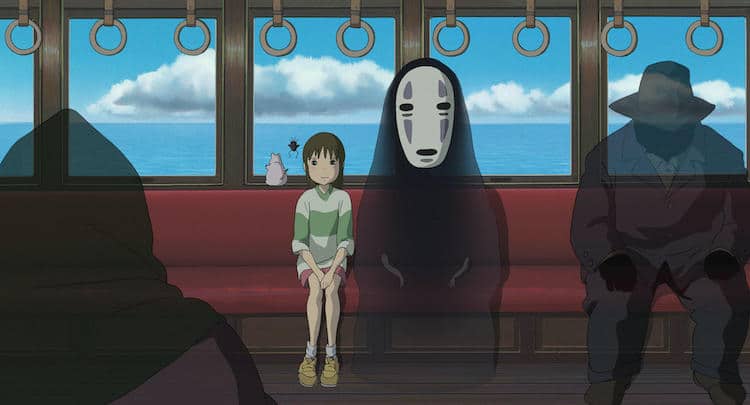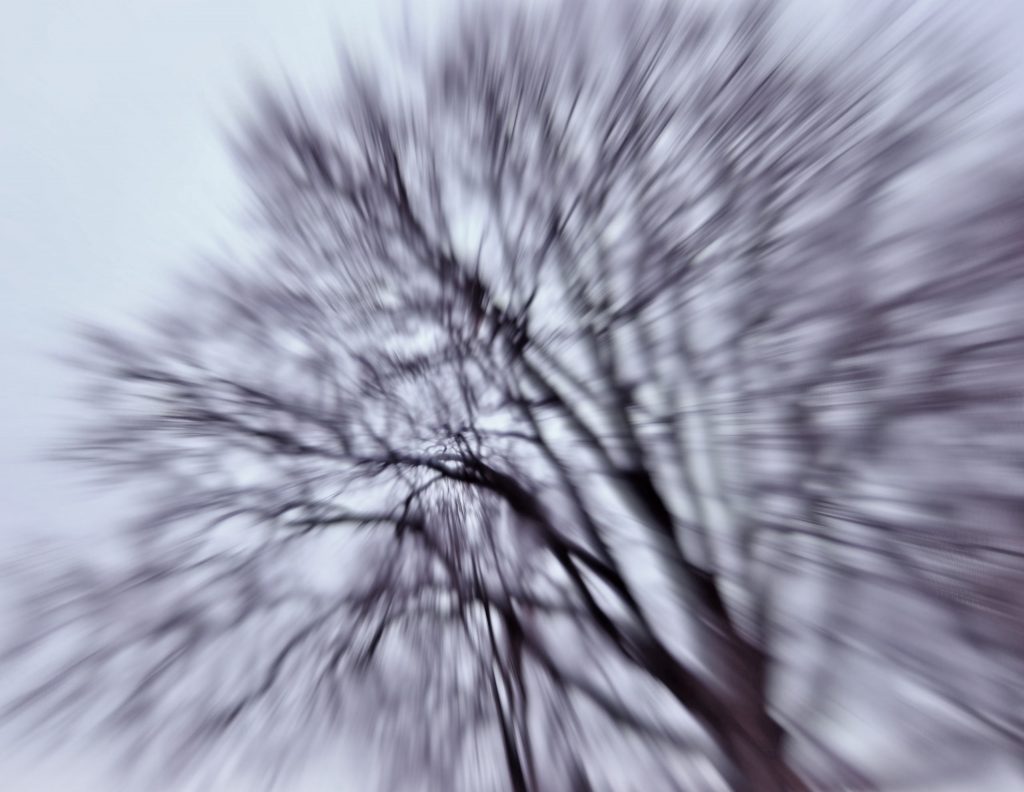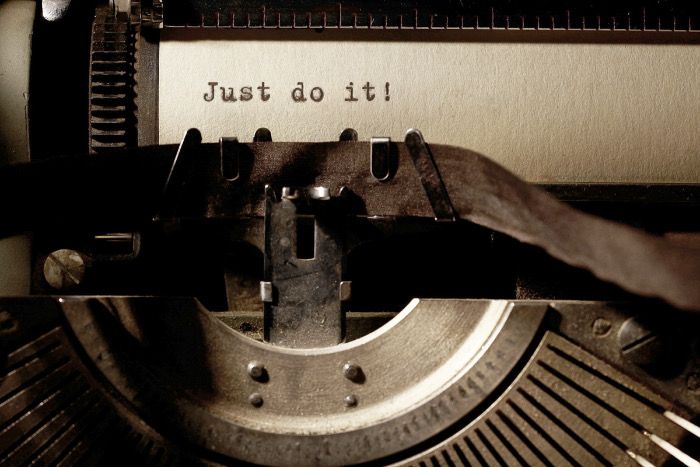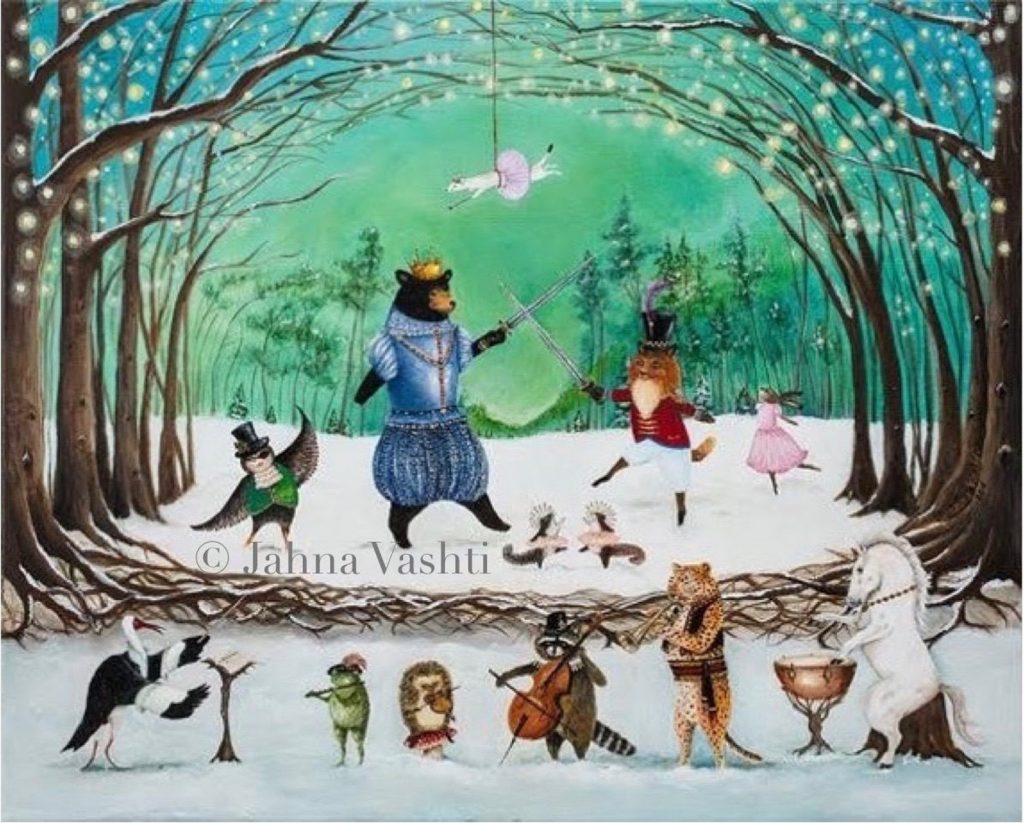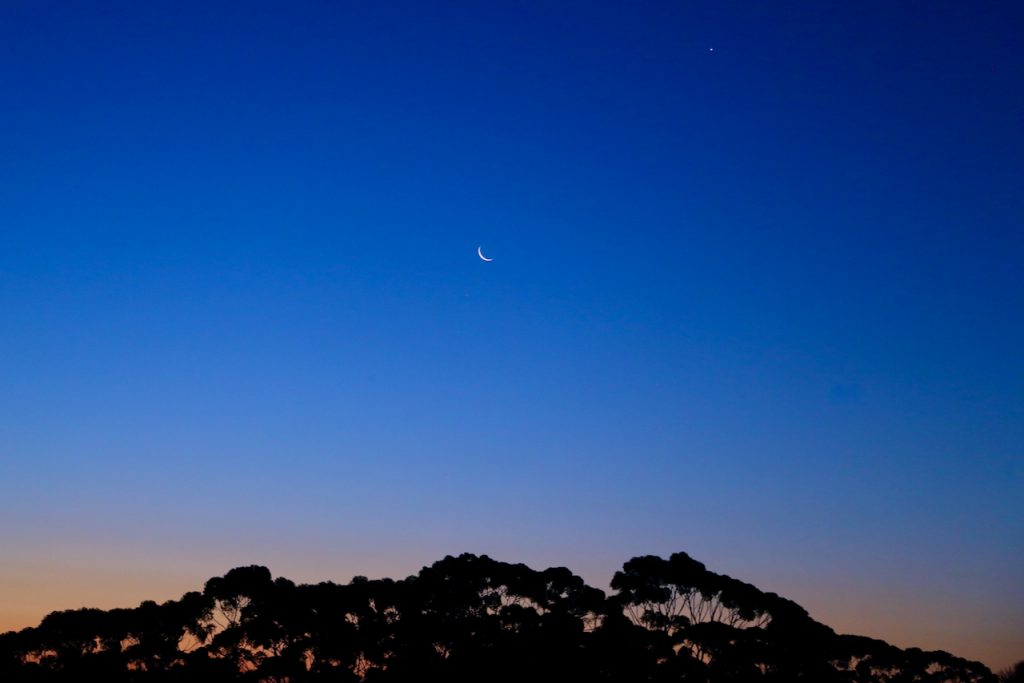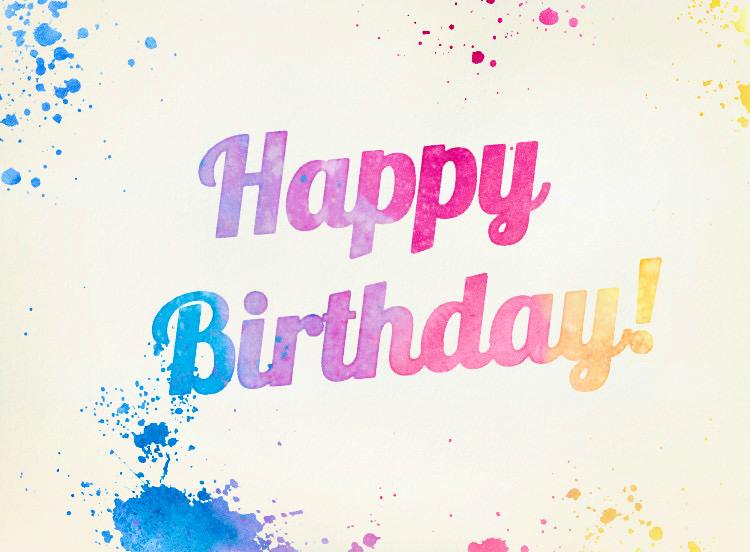
Happy Birthday! Today is my birthday, and the blog celebrates its first anniversary. A few reflections on this first year of creative freedom may be in order.
2020 was not what I expected, and it’s not what you think. Yes, Covid-19 wreaked havoc with our lives and certainly with mine too. But it’s more than that.
I had resigned from my corporate job at Microsoft to do one thing: create. Finally, I would focus on my art and do all the things I was dreaming of when stuck in endless conference calls (I lived quarantine life before Covid-19 imposed it on the rest of the world).
It sounded simple, and I can see now that how deceptive this simplicity was. Hindsight makes things easy to see for what they are. This simple one word, create, encapsulated so many things that I was lost. By trying to do too much, I did nothing in the end. It’s not an excuse, just a late epiphany. Here’s a passage from one of my blog posts in late 2020.
My To-Do list had over 200 items on it (properly categorized, of course). The length was not, in fact, the issue, but the prioritization. What would be the best use of my time? Write every morning, then work on photo projects in the afternoon and read in the evening? What about the blog? I loved blogging and wanted to make room for it. And social media? And I don’t mean watching cat videos on YouTube (even though this may happen more often than I’d admit), but my Facebook photo page and Instagram (posting well-curated photos, of course).
Where would I then fit drawing/painting/making music/going to art galleries/reading New York Review of Books/going to yoga/making tasty-yet-healthy smoothies/creating a new garden/gardening/listening to thought-provoking and inspirational podcasts/watching interesting and motivational TED talks/learning more about astrophysics, or 19th-century explorations, or psychology, or fractals – to say nothing about the mundane things like cooking (healthy, mostly vegetarian and locally sourced), or nurturing relationships, or just having plain, old fun?
Well, Covid-19 did take care of the art galleries or yoga (although the devil’s advocate could argue that you could manage both online), but the rest? The paradox of choice. So many things to do, so little time … no wonder I was anguished.
Fear played a role, too. Of course. I was afraid to finish anything because that would expose the big fraud that I was to the world, and I realize now that I was just hiding behind that huge to-do-list.

The way I choose to look at it is that 2020 was my learning curve—a year of discovery. I had to be honest with myself and face my fears. Revisit my values, review my goals, and decide what mattered and where my focus should be. Less social media and news, more arts and culture.
Post less, create more.
My 2021 mantra is, “I don’t have time for that.” No time for fear, no time for distractions. Ars longa, vita brevis.
Related Posts
If you liked this post, share it on your preferred social network or forward it to a friend.


